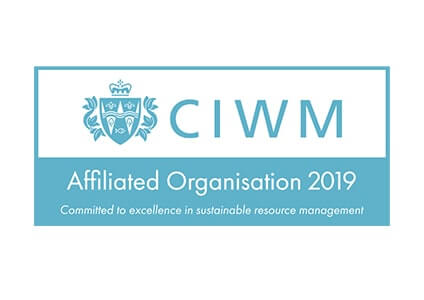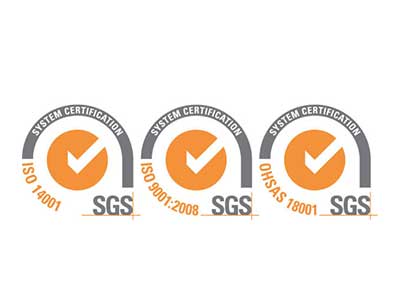Around the globe, humans are facing a global food waste problem, and it’s estimated that this trend will continue to increase by a third by 2030. In the UK, approximately, 9.5 million tonnes of food are wasted annually. This is in spite of the fact that nearly 8.5 million Brits are experiencing food poverty.
Restaurants contribute to the global food waste problem, with establishments wasting up to 10% of the food inventory they purchase. This highlights the importance of coming up with solutions to address food waste for environmental and social reasons. This blog will discuss all about restaurant food waste and the ways that this type of food waste can be reduced.
Restaurant Food Waste 101
Restaurant food waste accounts for all the types of food waste produced by a restaurant or food establishment. Leftover food can, at times, be inevitable due to a number of reasons. There can be leftover food due to consumers not finishing them, broken equipment, expired inventory, and more.
All this food that’s gone to waste can be costly. In the UK, restaurants lose around £680 million every year because of food waste. Findings suggest that this number fell during the COVID-19 pandemic but bounced back to pre-pandemic levels recently.
Types of Restaurant Food Waste
There are different types of food waste. These include the following:
Preparation waste – This refers to food waste from peelings like potato skins or trimmed fats. This can also be food that was already prepared but uneaten by or unserved to customers because of forecasting mistakes or overproduction. This is food waste that can be avoidable with some research or trial and error from the restaurant.
Consumer food waste – This refers to food not eaten by customers. This includes partially eaten dishes. Consumer food waste usually occurs when the customer orders too much food. It also happens when customers overestimate their appetite or underestimate the portions or servings. This type of food waste can be particularly hard to prevent by the food establishment.
Spoilage – This is food waste due to expired inventory.
Oil waste – This refers to wasted cooking oils and other types of oils used in food preparation.
Buffet food waste – This is food that’s not eaten by customers at buffets. This typically occurs when the customer takes more food proportions than what they can actually eat.
What Do Restaurants Do With Food Waste?
So, what do restaurants actually do with leftover food? As seen from above, there are many types of food waste that a restaurant can produce, which contributes to the global food problem.
What restaurants do with leftover food will depend on each establishment’s policy.
In general, if there are leftover fresh ingredients (which restaurants use for preparing food), these will be sold to another food establishment. Alternatively, depending on the freshness of the ingredients, the restaurant can opt to use them for the next day. For some food establishments, they’ll give away the leftover food to their restaurant employees. This serves as an eco-friendly way to avoid throwing out the ingredients.
Now, when it comes to customer leftovers, uneaten food by the customers won’t be donated. They also can’t be used for another customer’s meal. Customer leftovers are thus thrown away. Every day, food establishments are known to throw out significant amounts of customer leftovers.
Reasons Why Restaurants Throw Out Food
In this section, we’ll break down some of the common reasons why restaurants throw away food.
Overproduction of Food
Food waste can occur when food establishments prepare more food products than what’s needed. This may be due to inaccurate forecasting or when customer demand suddenly takes a dip below the standard.
Spoilage
Another common reason why restaurants throw out food is because of food spoilage. Expired inventory or food unfit for human consumption because of inept food storage or handling must be thrown away for food safety and hygiene. This can usually be avoided through effective and thorough inventory management and practising proper food storage and handling.
Customer Leftovers
This is a common reason why restaurants need to throw away food. By throwing out customer’s leftovers, restaurants comply with food safety and hygiene regulations.
Inaccurate Proportions
Larger food portions can be a result of improper training in the kitchen. Not only do restaurants throw away more food because of this, but they can also suffer in terms of capital.
Wrong Order
When there’s a wrong order, food establishments typically throw it out to prevent customers from eating food that’s unsafe because they may be allergic to it, for instance. The dish typically also won’t be served to another customer. Alternatively, when patrons are not satisfied with the dish, they’ll request another meal instead. This also contributes to the general food waste that restaurants produce.
Spillage
Food waste can occur from food dropping from plates during food service or because a cook knocked it over during food preparation. These accidental mistakes can contribute to food waste and also add up to financial losses for the food establishment.
Ways of Reducing Restaurant Food Waste
Whether you’re the owner of a food establishment or a regular patron of a restaurant, we can all do our part in ensuring food doesn’t go to waste. Here are some methods of reducing restaurant food waste.
For restaurants:
- Consider providing an array of portion sizes,
- Conduct a waste audit,
- Repurpose ingredients, if possible,
- Plan your menu properly,
- Practice proper food storage.
For customers:
- Ensure that you don’t over order,
- Avoid impulse purchases.
Look No Further Than REMONDIS For Your Waste Disposal Needs
At REMONDIS, we’re committed to providing sustainable waste disposal services to all types of businesses. Whether you own a retail shop or restaurant, REMONDIS has the waste disposal services you need to ensure a clean business environment. Contact us now to make a trade waste enquiry or book our skip hire.













